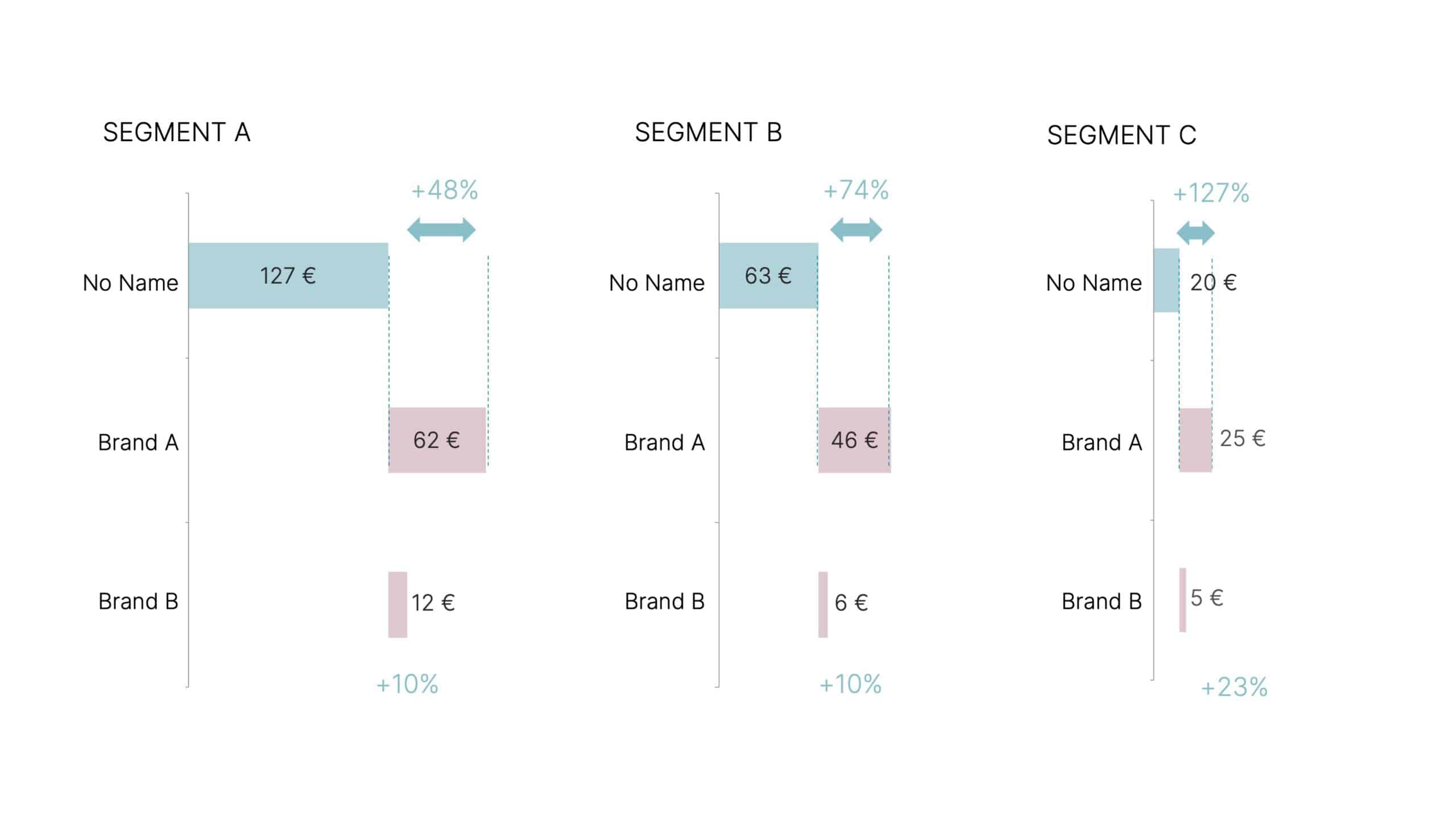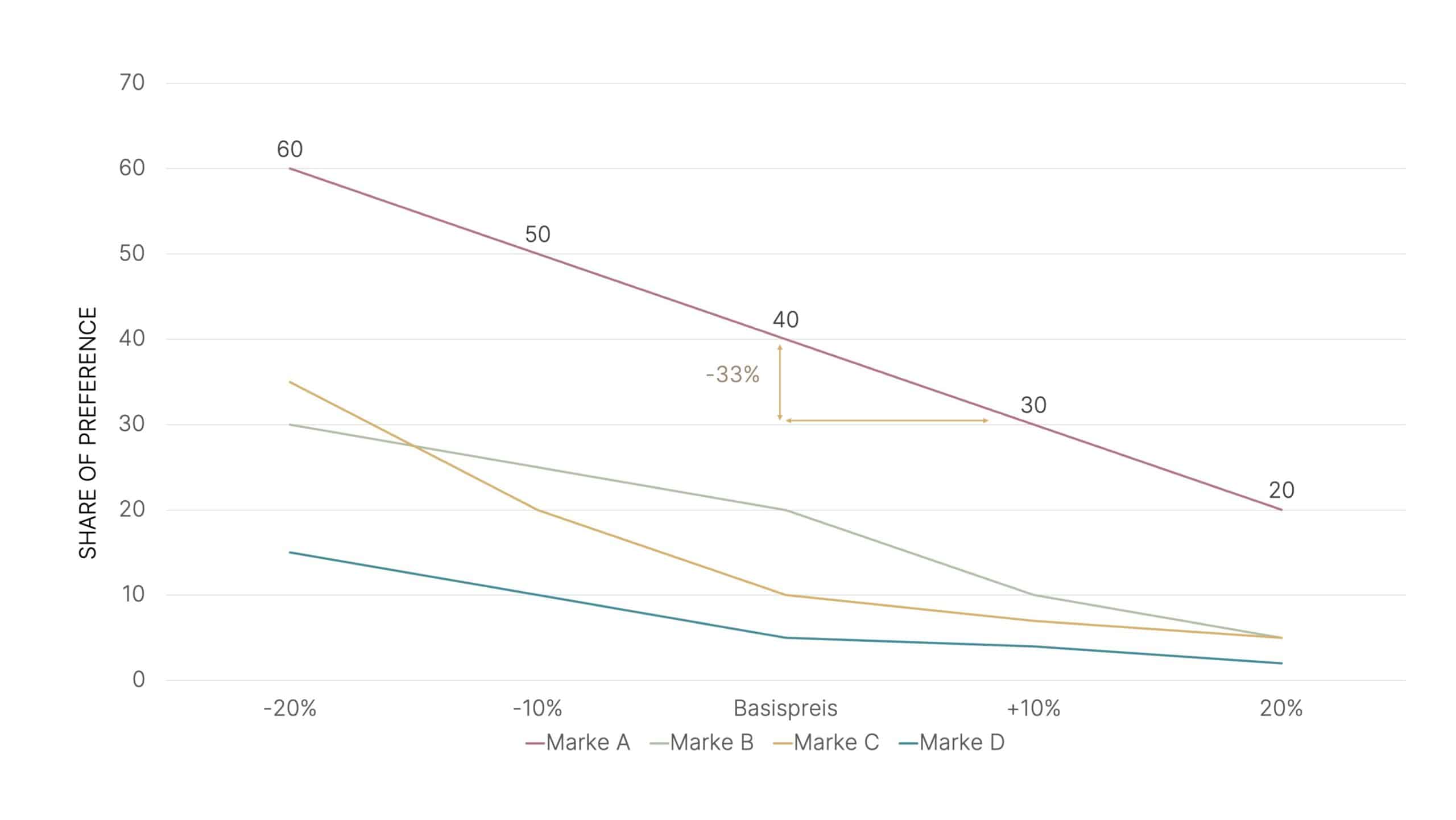
SUCCESSFUL OPTIMIZATION OF PRODUCTS AND SERVICES WITH CONJOINT ANALYSIS
Market information for optimizing products and services
It is difficult to predict how changes in product design will affect market acceptance. Not surprisingly, organizations often launch flops that cost a lot of money, or offer suboptimal alternatives without knowing it. Different customers have different demands when it comes to products and services. Finding out which features at which performance level customers really want and how much they are willing to pay, is one of the most difficult tasks in product management.
Top questions
- What features does my product need?
- How much are customers willing to pay?
- What market share do different product variants achieve?
Product design with conjoint analysis
Compared to other market research methods, conjoint analysis provides very concrete product and service specifications. Just like in real life, respondents have to choose between alternatives (e.g. different e-cars with different ranges, features and prices) and we identify their preferences based on these choices. As a result, you get the optimal combination of product features for your target market. To stay with the previous example: The following configuration – body: SUV, range: 300 km, equipment: leather, price: € 86,000 – would be the most attractive in this customer segment.
Finding the optimal price or pricing policy
In addition to costs and competitor prices, estimating the price-demand relationship of different customer (groups) is essential for decision-making in strategic and operational pricing. This involves not only determining an absolute price, but also the relative willingness to pay compared to the most important competitors. The revenue-maximizing price of a lawn mower, for example, is € 1,500. Due to the higher brand reputation and other product features, a price premium of 10% compared to competitor 1 is realistic for your target group. With the help of conjoint analysis, the optimal price or the effects of price decisions can be simulated in terms of revenue and sales.
Simulation of market share based on survey data
Using data from a conjoint analysis, the success of different product concepts can be simulated in terms of their market share, sales, revenue or contribution margin. Thus, crucial decisions in product management can be made resulting in better success odds and lower risk.
Example outputs in product design

Use of product and
performance characteristics

Price premium for product and service components

Preferred products
and services

Price and
demand curves

Optimization simulations for product features and assortments



















